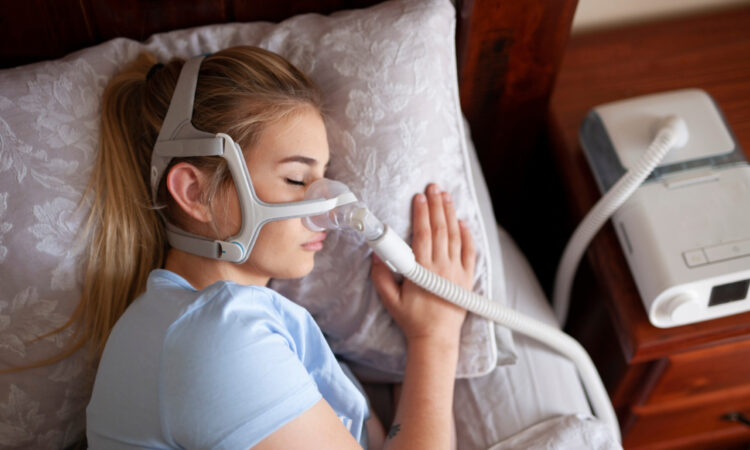
Sleep apnea, also known as sleep apnea syndrome, is a potentially serious sleep disorder characterized by breathing that repeatedly begins and ends. Seeking proper Sleep Apnea Treatment can help manage symptoms and improve sleep quality. Even after having a good sleep, where you slept the whole night, and still, if you snore noisily and feel tired, you might have sleep apnea.
A few varieties of sleep apnea are:
OSA (Obstructive Sleep Apnea), which is a more common configuration that takes place when the throat muscles relax and choke the movement of air into your lungs.
CSA (Central Sleep Apnea), which takes place when your brain doesn’t give regular signals to the muscles that control breathing.
Medication-emerging CSA (Central Sleep Apnea), also known as complex sleep apnea, occurs when someone has Obstructive Sleep Apnea and undergoes sleep learning, which can transform into central sleep apnea upon treatment for Obstructive Sleep Apnea.
If you are affected by sleep apnea, please consult a doctor immediately. Medication can smooth your indication and can help you from cardiac problems and other difficulties.
Indications.
The Indications of OSA (Obstructive Sleep Apnea) and CSA (Central Sleep Apnea) intersect, sometimes making it hard to decide which one you are affected by. Some of the common indications of OSA and CSA are.
- Firstly, snoring noisily,
- Events where you stopped breathing while sleeping, and later, which were reported by someone else.
- Choking for air while sleeping.
- Waking up with xerostomia, which is also known as dry mouth.
- Having a headache as soon as you wake up.
- Difficulty of sleeplessness, or restlessness, in other terms known as insomnia.
- EDS (Excessive daytime sleepiness) or hypersomnia.
- Facing difficulty in focusing while awake.
- Annoyance.
When to consult a doctor?
The most common indication for Sleep Apnea would be snoring, but it doesn’t mean everyone who snores has Sleep Apnea, so please consult a doctor and get proper guidance from them. Also, don’t forget to check with your doctor if you have any difficulty sleeping that results in exhaustion, dozy, and annoyance.
Reason.
This kind of Sleep Apnea occurs when the muscles behind the back of your throat relax. These muscles aid the soft palate, the trilateral piece of tissue that swings from the soft palate, are known as the tonsils, the uvula, the side partition of the throat, and the tongue. When the muscles moderate, your windpipe narrows or closes as you inhale. You can’t get enough oxygen, which can reduce the oxygen level in your blood. As soon as your brain is aware that you can’t breathe, it wakes you so that you can reopen your windpipe. This revival is usually so concise that you will have no memory of it. You may suffocate, snort, or pant. This design can continue by itself for five to thirty times or sometimes even more, every hour, even the whole night. This makes it difficult to get to the unfathomable, restful stages of sleep.
CSA (Central Sleep Apnea).
This less ordinary form of Sleep Apnea takes place when your brain doesn’t give a signal to your breathing tissue.




